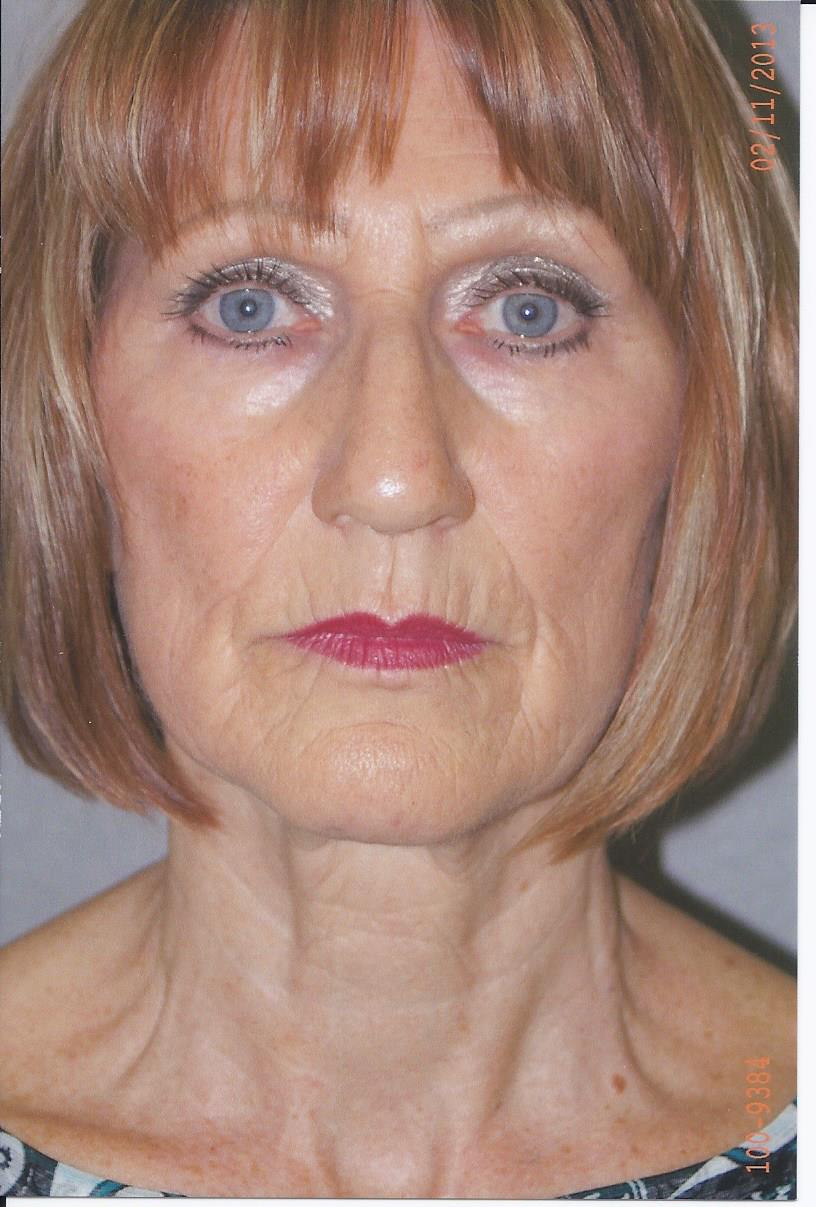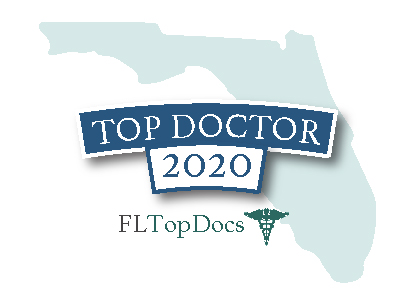The buzz word in facial rejuvenation today is "volumization". That may not actually be a real word but it does reflect an increasingly popular concern in facial rejuvenation. Traditional approaches to rejuvenating a face have taken one, or both, of two approaches: surgical tightening, such as with a facelift, or smoothing, done with chemical and laser peels. Both have their place and can provide substantial benefits to carefully selected patients.
One of the less appreciated changes that accompanies aging is volume loss. In our largely overfed and overweight culture, this is often overlooked because weight gain can mitigate some of the loss of fat in the face over the years. Many people, however, show obvious loss of fullness in their faces with aging. In those who maintain their weight at an ideal, this can even produce a "gaunt" or "severe" look to the face. The solution is to restore volume.
Twenty plus years ago, the only available commercial filler was collagen, derived from the hide of cows. 2% of the population was naturally allergic to this and so patients needed to have a skin test done before they could have collagen injections. While effective for filling small areas, cow collagen rarely lasted more than a couple of months, making it prohibitively expensive and impractical. With the advent of better fillers, cow collagen disappeared from the medical marketplace. Other forms of collagen, such as from human tissue banks, are still available but have not been popular.
Now, we have a dizzying array of possible commercial fillers: Restylane, Juvederm, Perlane, Sculptra, Prevelle, Boletero, Radiesse, Cosmoderm and Cosmoplast, Hyaluform, Captique, and Artefil. How does one choose? Which is best? Well, it depends, as it so often does, on who you ask.
We can divide commercial fillers into two basic types. I will call then biologic and synthetic. Biologic fillers, as the name implies, are made from materials found in our bodies. The most popular is hyaluronic acid (HA). Restylane and Juvederm are the best known and Juvederm is the most popular commercial filler in the U.S. today. HA is a clear gel that both adds volume itself and sucks up water, like a sponge, to further fill out an area. It is very easy to inject, very forgiving in that it is unlikely to cause lumps or bumps, and lasts about a year. It can be used just about anywhere but is mostly used for the lips, lines around the mouth, frown lines, and the lower eyelid tear trough.
The second type are the synthetic fillers. These can be made from minerals, such as calcium (Radiesse) or synthetic materials (Sculptra). They are a bit more difficult to inject than HA and not as forgiving. You cannot use them in certain areas because visible bumps and lumps are too likely. They tend to provide more volume enhancement than the HA fillers and last longer, as much as 18 months or more. Radiesse lasts about 2 years, Sculptra about 4-5 years, and one, Artefil, is permanent.
A permanent filler sounds great on the surface but think of this; a permanent filler will never change while your face will. As you age, the filler may become progressively more noticeable, may migrate from the effects of gravity, and do other undesirable things. Most permanent commercial fillers have been pulled from the market because of long term problems.
In our practice, we offer two choices of commercial filler: Radiesse and Juvederm. We feel this provides us with enough flexibility to cover most of the problems we will encounter. Sculptra is very expensive and, as I indicated above, we are not enthused about permanent fillers like Artefil.
All of the discussion above pertains to commercial fillers. There is one filler that is unique in that it is totally natural and tailor made for you alone. This is your own fat. Fat grafting for volume has been around for decades but early on the techniques used did not provide for consistent, long term success. With time, the process has been refined to where fat grafting is largely successful and provides wonderful, permanent results. Fat is harvested gently by liposuction, processed one of several ways (the best way has not been determined, but it seems that the least handling is best), and injected into the face. This is a true tissue graft and, to be successful, the grafted fat has to "take" in the area. Patients must keep their faces very still for about 5 days, during the critical healing phase. At 6 weeks, we should know how successful it will be. Success rates should be well above 75%. Success rates do go down as prospective patients get older. Fat grafting can yield wonderful, natural results. Because it is a graft, there is always a small chance that the fat will not survive the handling and no benefits will be seen. Each grafting procedure carries this risk. Fat grafting also puts stem cells- these primitive cells with potential to develop into different types of tissue have been in the news a lot these days- into the face and this can benefit the skin, which sometimes looks visibly rejuvenated as well. There is much to like about fat grafts, however, it is more labor intensive and expensive than a couple of syringes of a commercial filler. For large volume replacement, however, nothing can touch fat grafting. The patient below had a mini-facelift combined with fat grafting of the lower eyelids, cheeks, and mouth. The fullness of the fat gives her face a much softer, less severe and gaunt look.


Some practices advertise something called a "liquid facelift". In this procedure one or more different fillers is used to achieve a degree of facial rejuvenation. The term itself is misleading since fillers are not intended to lift anything; they just provide volume. Where volume is needed, they can definitely enhance the appearance. Liquid facelifts seem to be largely promoted by practitioners who cannot offer true surgical rejuvenation, such as a facelift or fat grafting. One of the problems is that as one uses more and more commercial fillers, the costs go up dramatically and you may end up spending as much for a procedure that will last a year or two as you would for a surgical procedure with permanent results.
Which filler is best for you will depend on what areas need filling, how much volume is needed, your tolerance for one procedure over another, how much you can spend, and other factors to be determined and discussed at a consultation. Volume enhancement definitely has a place in facial rejuvenation and, without a doubt we will continue to see improvements in this area of cosmetic enhancement of the face.





